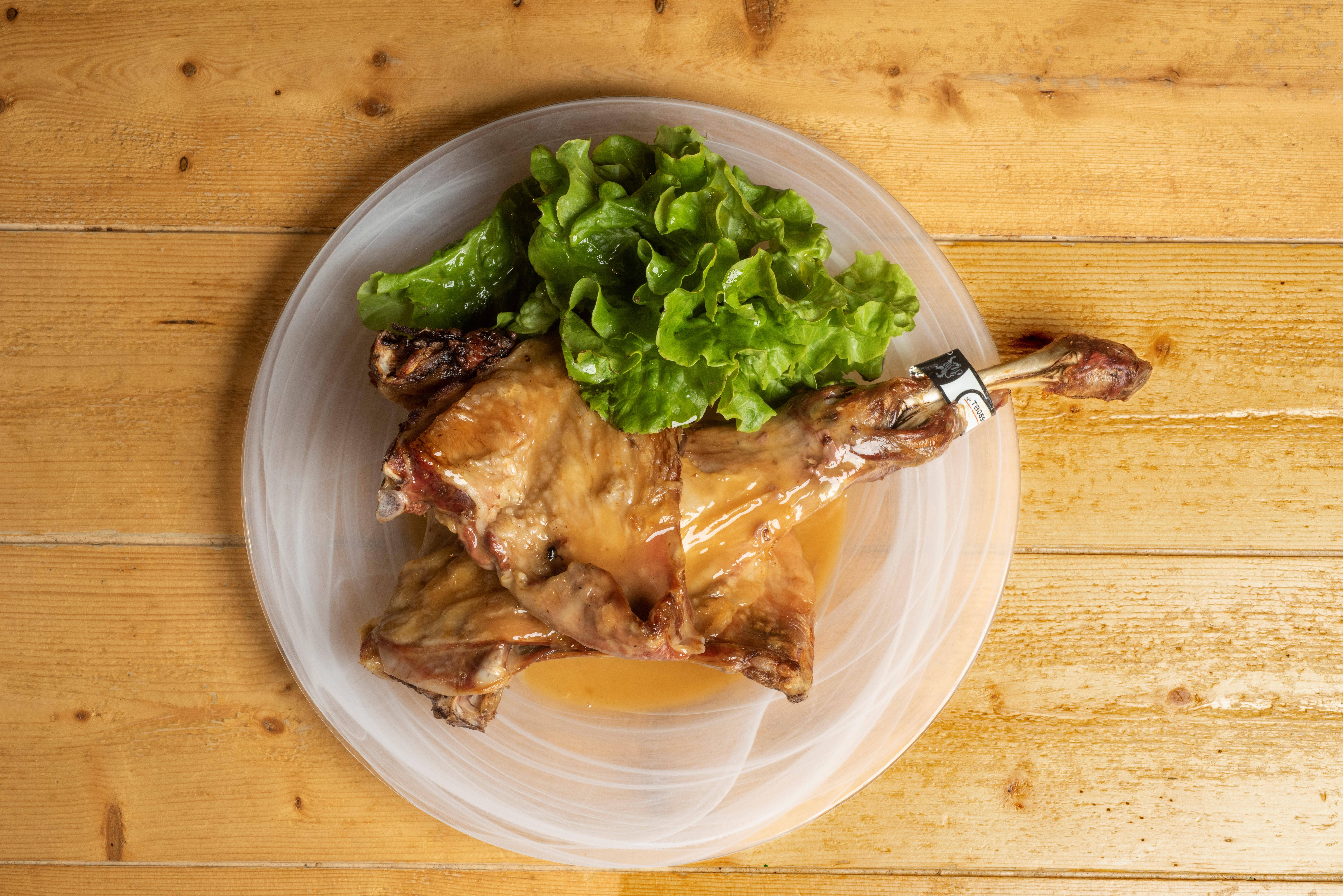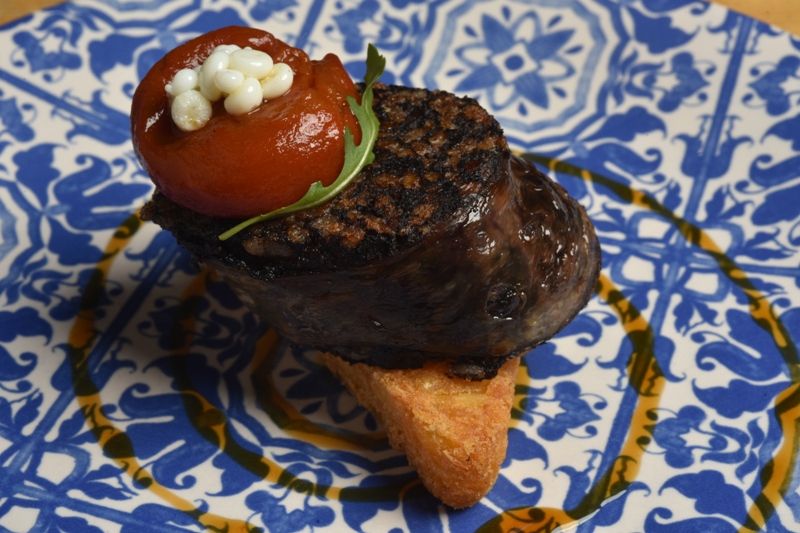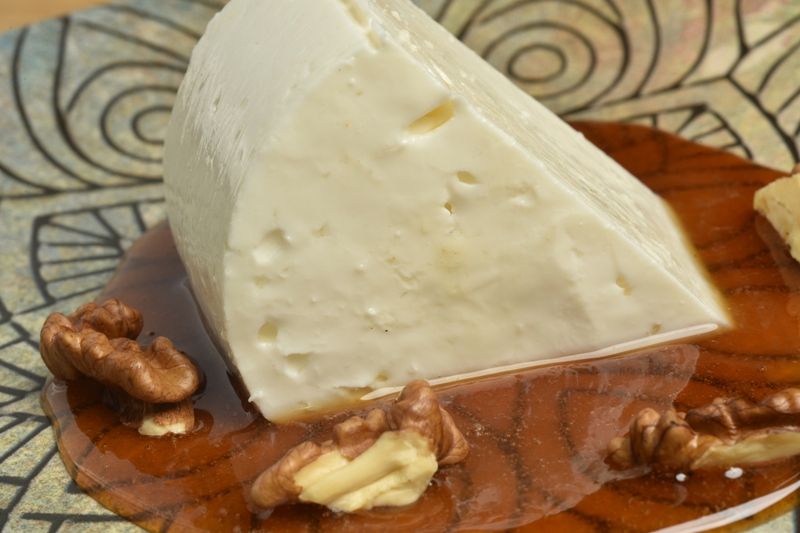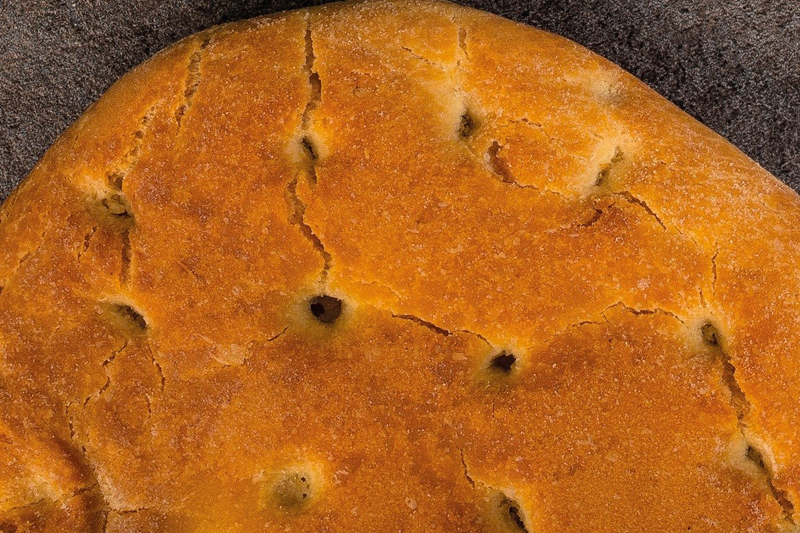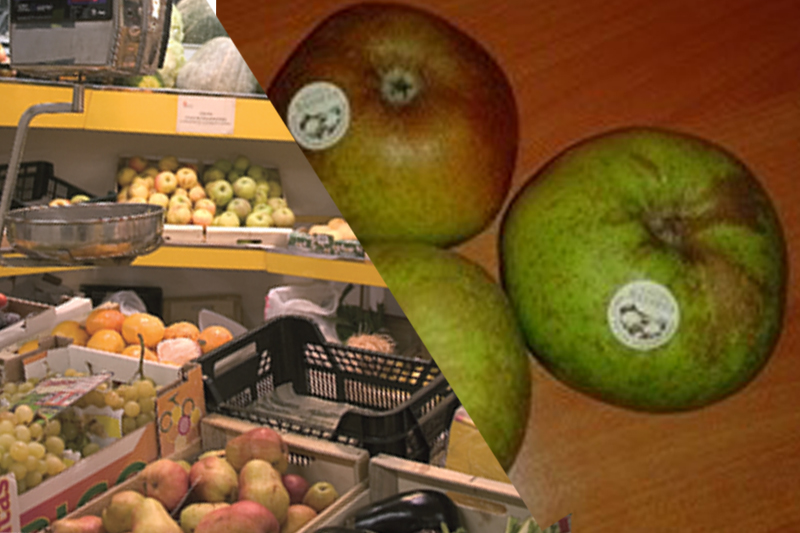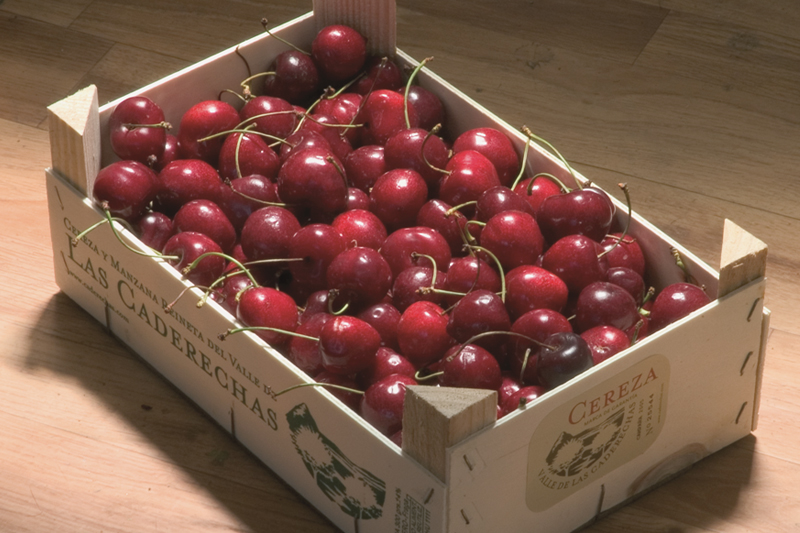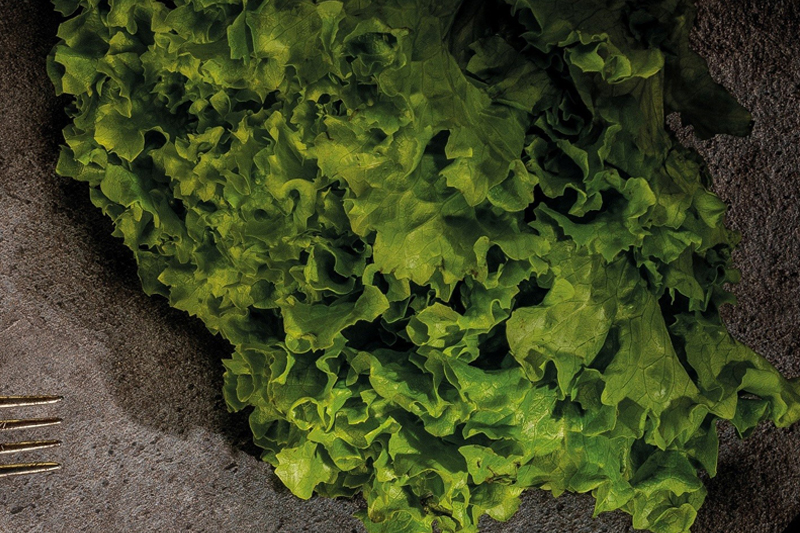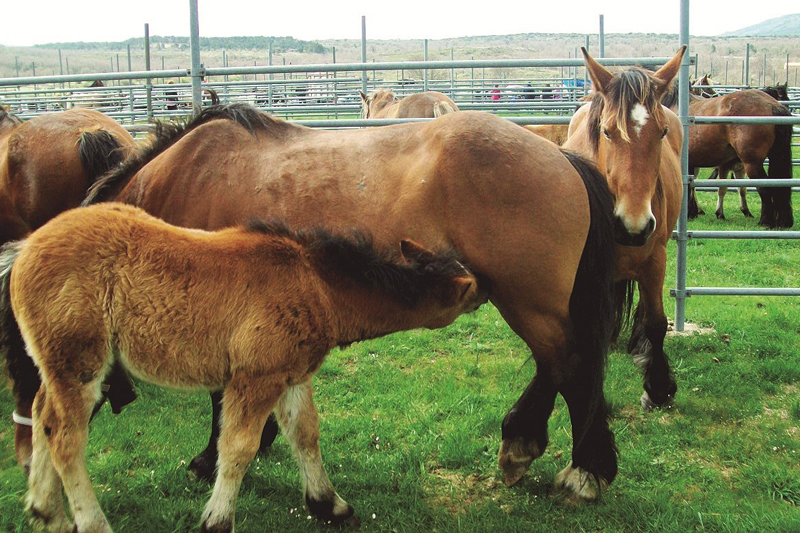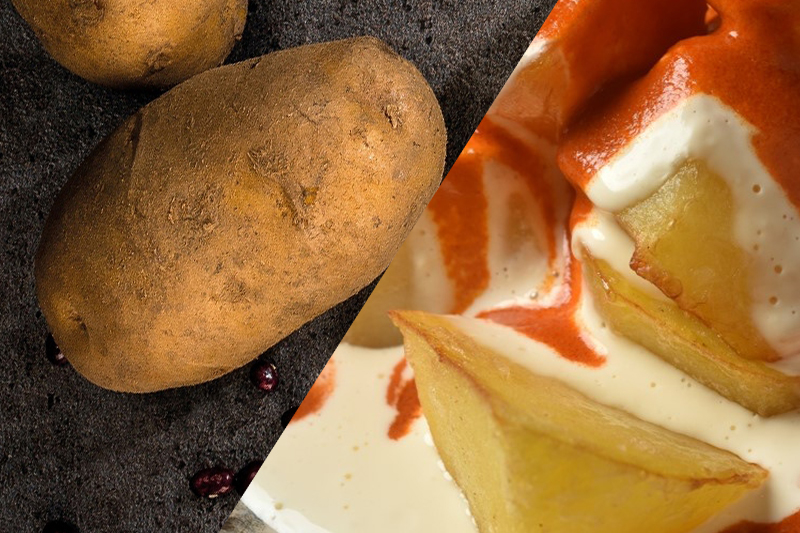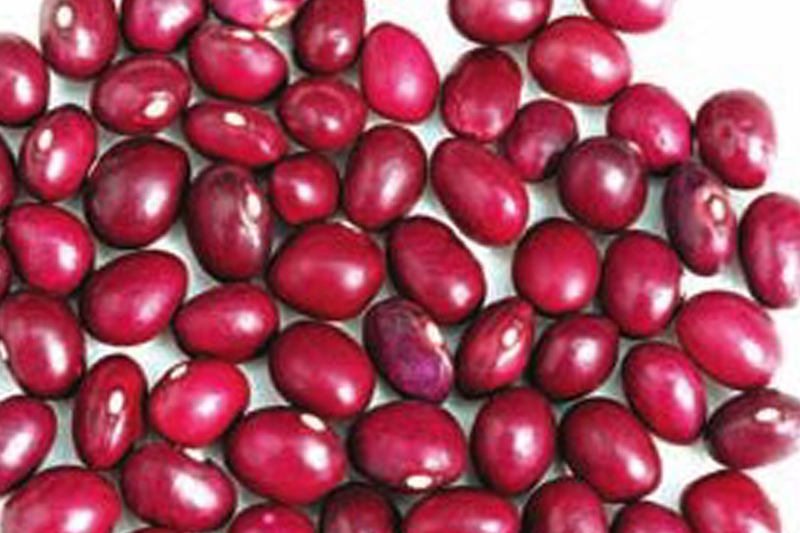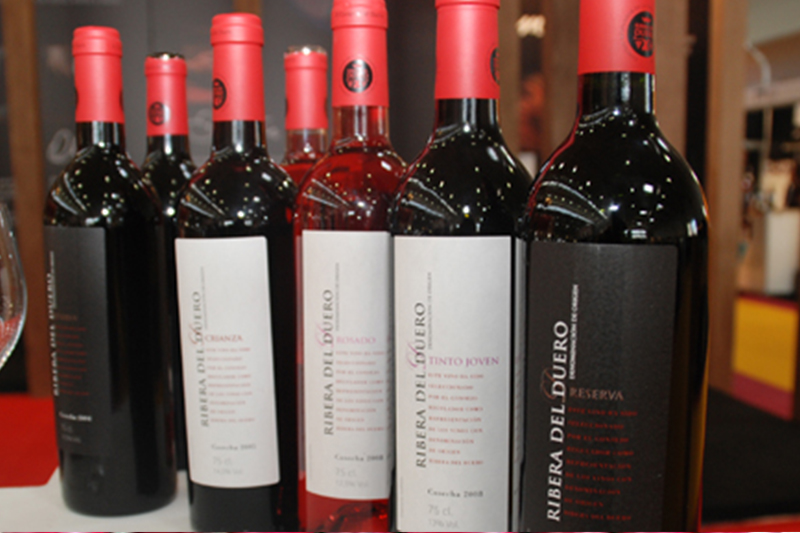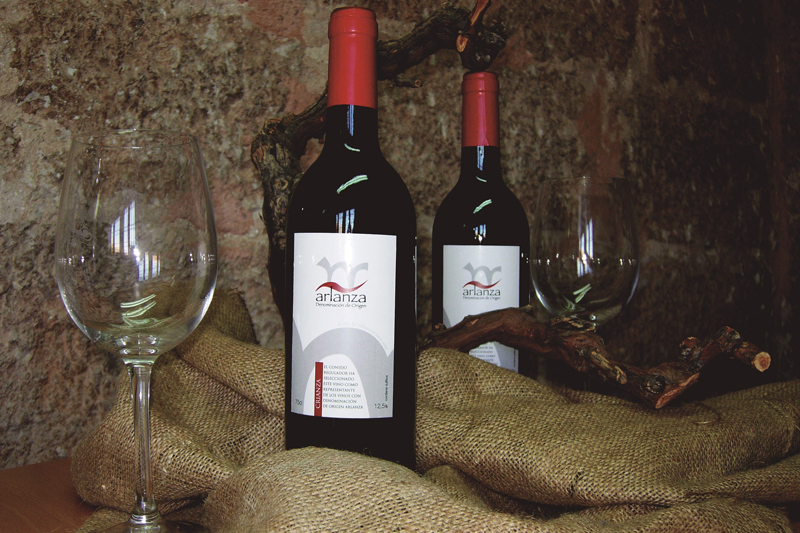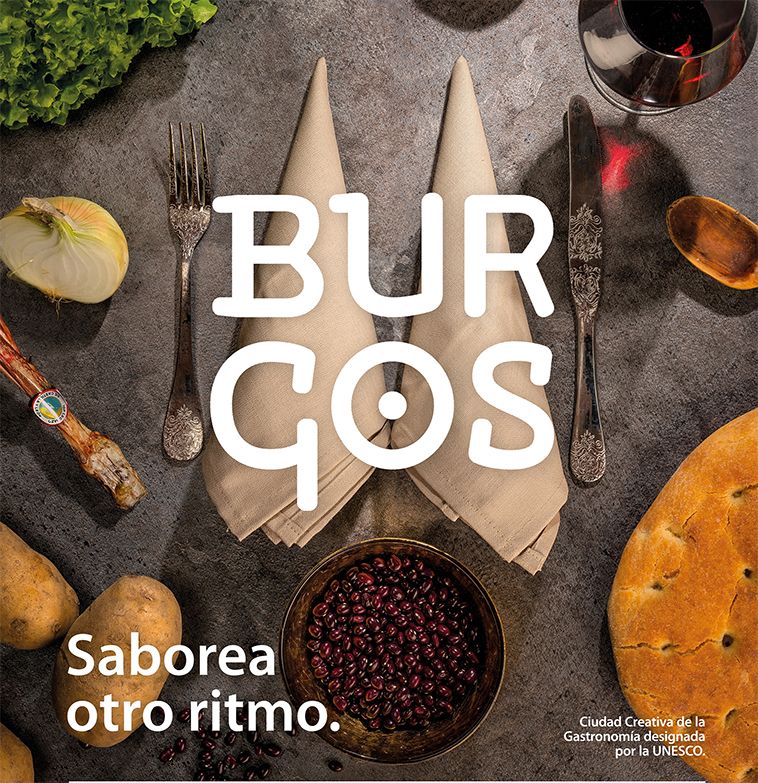PRODUCTS FROM BURGOS
SUCKLING LAMB
Suckling lamb is a hallmark of the province of Burgos, particularly in Aranda, Lerma and La Bureba. As early on as the 17th Century, it was already considered the most necessary animal for humankind and the one that people could make the most of. In the province of Burgos, the most highly praised type of lamb is the suckling lamb, in other words, unweaned lambs.
The best time to taste this delicacy is in spring because that is when sheep eat the new grass that provide a better flavour to the meat of the lambs. In terms of nutrition, their meat is a source of proteins that are of high biological value and easy to digest.
There are several recipes for preparing it, but roasting it in an earthenware pot gives the best flavour and it is the recipe that has contributed to its rise in popularity. And of course, we must not forget about the exquisite lambchops accompanied by a loaf of bread or the typical focaccia-style oil bread torta de aceite, salad and a local wine.
To guarantee the quality of the suckling lamb, the Regulatory Council of the Protected Geographical Indication Lechazo de Castillo y Leon [Suckling Lamb from Castile-León] monitors the cattle farms that produce the suckling lambs, and the feed of the mothers.
BURGOS BLACK SAUSAGE
The black pudding known as morcilla is a product associated with the pig slaughtering season. Morcilla has always been prepared with different parts of the pig such as the blood, intestines and lard to which vegetable products were added like the local Horcal variety of onion or paprika. It was in the 18th Century that morcilla recipes started to include rice. This was how the basic elements of morcilla de Burgos came to be established, the “bland, tasty and spicy” that we know today. Although there are different recipes, they are always prepared in line with tradition, ensuring that the variety of flavours and aromas, which characterise it, last.
The morcillas are prepared by small companies from the province that make them in the traditional way, with very little mechanical assistance throughout the process.
After many years of fighting for their quality to be recognised, in 2018 morcilla de Burgos was finally recognised as a new Protected Geographic Indication.
FRESH CHEESE FROM BURGOS
This is an unmatured cheese that is an intense white in colour and normally has no rind. Its increased consumption and its recognition have meant that it has crossed the province’s boundaries to become one of the most liked cheeses in Europe.
Fresh cheese from Burgos is incomparable due to the sensations its aroma and smooth milky taste evoke.
It is sometimes used as an ingredient in several recipes. For example, it is an essential component of [grandfather’s dessert] accompanied by honey and walnuts.
MARK OF GUARANTEE TORTA DE ARANDA
The torta de aceite is a traditional large, flattened, round and golden bread. Its soft crust and open crumb give it a wonderful flavour. It is well established as the type of bread eaten at weddings in Burgos and it was the bread of labourers. The torta de Aranda – a bread speciality with an official mark of guarantee – is worth highlighting.
The recipe for this bread continues to be a secret and has been passed down through several generations of labourers.
The fact that it is baked in a wood-burning oven gives it an incomparable flavour. What’s more, it is ideal paired with roast suckling lamb.
REINETA APPLE OF THE CADERECHAS VALLEY
The Caderechas Valley is in the northeast of La Bureba and differs from the rest of the district as it has a different topography, climate and vegetation. It is an area known for the quality of its fruit, in fact recognised with official marks of guarantee.
Apples from the Caderechas Valley have a pleasant acidity that compensates their high sugar content, giving them an unforgettable flavour. It is this taste that makes them stand out from other apples. They also have characteristic brown speckles covering part of their skin that have become a guarantee of their origin.
Two types of reineta varieties are grown in Caderechas Valley – the white and the grey. They are harvested and selected by hand so that any that do not meet the criteria established by the Mark of Guarantee “Manzana Reineta del Valle de las Caderechas” are discarded.
MARK OF GUARANTEE CADERECHAS VALLEY CHERRY
There are two areas worth highlighting in the province of Burgos where cherry production is of particular importance: Covarrubias and Caderechas Valley.
Those that are grown in Caderechas Valley have a particular smell and taste, very well liked by consumers. The special touch it has comes from the balance between sweetness and acidity.
Another feature of it is its harvesting season. In contrast to the rest of the cherries that are harvested in April, in this case, the harvest does not start until June. This difference is due to the area’s microclimate.
The harvesting and selection process takes place by hand, and any cherries that do not meet the criteria stipulated by the Mark of Guarantee Cerezas del Valle de Las Caderechas are discarded.
MARK OF GUARANTEE MEDINA LETTUCE
Lettuce has become the queen of the vegetable gardens in Las Merindades. The villages of Villarcayo, Medina de Pomar, Trespaderne and Frías house the majority of the crops that hold the certification. This mark covers lettuces of the Batavia variety.
They are lettuces with slightly curly leaves, marked veins, and are bright green in colour. They have the shape of a cabbage and are very fresh and bursting with flavour, which makes them a delicacy.
Only the lettuces that have passed the test go to market labelled with the sticker that guarantees their quality.
HISPANO BRETON FOAL MEAT
The Hispano Breton breed is obtained from studs of the Breton breed crossed with native mares. In Burgos, they are located in different areas of the province such as Las Merindades.
In terms of nutrition, it has been found that horsemeat offers very interesting qualities compared to other types of meat, such as a lower fat content or a high percentage of omega 3 fatty acids. In addition, its sweet and pleasant flavour combined with its low collagen content make it a tender meat that is easy to digest.
Breeding foals for meat is highly valued in a world where caring for the environment is a primary objective. In addition, the production of this meat is very clean because the animals spend the majority of their lives grazing outdoors.
BURGOS POTATO
Ever since the 19th Century, the cultivation of potatoes in Burgos has been gaining in importance. And it achieved recognition in 2010 when it was granted the Mark of Guarantee Patata de Burgos.
Its most important feature is its excellent conservation capacity – it is capable of maintaining its characteristics for a long time. The key elements for achieving these qualities and ensuring that the potatoes reach the consumers in the best conditions are the severe Burgos climate, the fertile soil and the care taken by the farmers.
It is known as the ugly potato, as it is not cleaned during its processing because this would change its features.
IBEAS BEANS
These beans are grown alongside the banks of the river Arlanzón before passing through the capital of Burgos.
It can be said that the variety of red bean from Ibeas is a local one, given that after its cultivation over many years it has evolved to have its own characteristics. The beans are of an intense purple colour, rounded and shiny with an oval shape but without the characteristic kidney shape of other varieties.
Harvesting takes place by hand and in a staggered manner as the pods mature.
In addition, they form the basis of a stew known as the rotten pot, one of the famed dishes of Burgos cuisine.
OUR WINES
D.O. RIBERA DEL DUERO
The Designation of Origin Ribera del Duero serves to raise awareness of the values and excellent quality of its red wines to make them a point of reference worldwide. This recognition was granted in 1982.
Tempranillo is the variety of grape grown the most, representing over 90% of the total. Almost 75% of the vineyards included in this Designation are located in Burgos and of the total 200 wineries, 100 are located in the province of Burgos.
Red and rosé wines are included within the Designation. The rosé wines are fruity, aromatic and fresh and have a characteristic acidity, all of which result from the use of the tempranillo and albillo varieties. The red wines have a lot of body and are lively and balanced. Their aromas are reminiscent of ripe fruits and wild berries, and they evoke hints of the wood they have aged in. This has all favoured their recognition worldwide.
D.O ARLANZA
The river Arlanza’s riverbank is one of the areas with the most tradition of winegrowing but it was in the 20th Century that it reached its pinnacle. Since 2007, it has held the Designation of Origin Arlanza.
The wine is produced using mainly the Tempranillo variety complemented by others such as Garnacha or Mencía.
The quality of these wines comes from the change in temperature from day to night, extraordinary soil and its cultivation on hillsides.
The red wines have very intense and persistent aromas with that of red fruits standing out. They pair well with meat dishes such as suckling lamb. For their part, the rosé wines are fresh and their strawberry aroma stands out.
